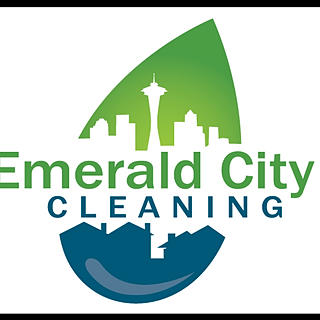Enhancing Safety and Efficiency: Best Practices for Post-Construction Cleaning Teams and Subcontractor Collaboration
- Emerald City Cleaning
- Feb 12, 2024
- 2 min read

The integration of safety measures and collaborative practices in post-construction cleaning is pivotal, particularly when working alongside other subcontractors. This synergy is essential to ensure efficiency, safety, and the highest quality of work during the final or rough cleaning stages at the end of a construction job.
Safety Protocols
1. Risk Assessment: Prior to commencing cleaning operations, a thorough risk assessment is crucial. It identifies potential hazards like loose wires, wet floors, or structural weaknesses, which are common in post-construction environments.
2. Personal Protective Equipment (PPE): Workers must be equipped with appropriate PPE, including helmets, gloves, safety glasses, and high-visibility clothing. This gear is vital in protecting against physical injuries, dust inhalation, and chemical exposures.
3. Training and Awareness: Training in safety protocols, correct use of cleaning chemicals, and emergency procedures is essential. Awareness of the construction site’s specific hazards and the dynamics of working with multiple subcontractors enhances safety.

Collaboration with Subcontractors
1. Communication: Clear and continuous communication is key. Coordination meetings to discuss schedules, areas of work, and shared responsibilities can prevent operational conflicts and enhance efficiency.
2. Shared Safety Standards: Aligning safety standards among all subcontractors ensures a universally high level of safety adherence. This approach minimizes risks and creates a safe working environment for everyone on site.
3. Site Management and Scheduling: Proper site management involves scheduling different subcontractors’ activities to avoid overcrowding and confusion. This strategic scheduling also ensures that the cleaning crew can work efficiently and safely.
4. Respect for Space and Equipment: Mutual respect for each subcontractor’s space and equipment is crucial. Awareness and caution around others’ tools, machinery, and work areas prevent accidents and promote a smoother workflow.
Technology Integration
The use of advanced technology in post-construction cleaning, such as HEPA-filter vacuums, eco-friendly cleaning agents, and automated equipment, contributes to safety and efficiency. These technologies not only expedite the cleaning process but also ensure a thorough and environmentally friendly clean.
Legal and Regulatory Compliance
Adherence to OSHA (Occupational Safety and Health Administration) guidelines and local safety regulations is mandatory. This compliance is not just a legal requirement but also a commitment to the health and safety of the workforce.

Conclusion
Incorporating rigorous safety measures and fostering a collaborative environment with other subcontractors is vital in post-construction cleaning. This approach not only ensures the safety and well-being of workers but also guarantees a high-quality final product, ultimately reflecting well on the construction and cleaning companies involved.




Comments